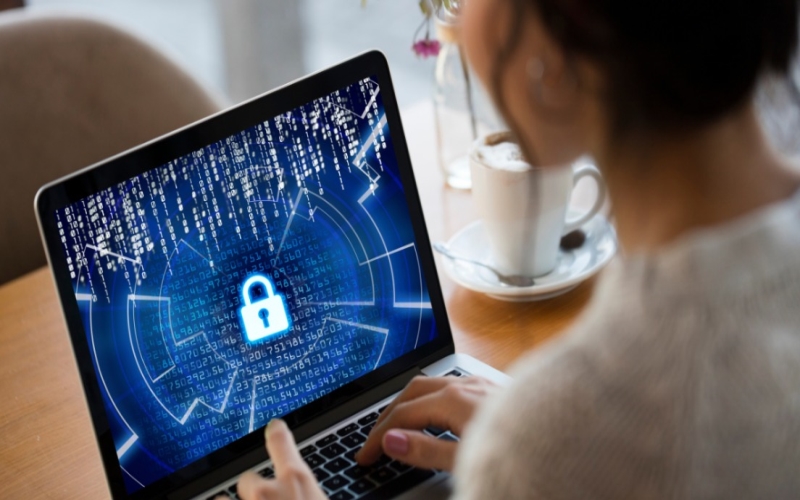In an age where technology is deeply integrated into every aspect of business, the importance of protecting both oneself and one’s technological assets cannot be overstated. The threats posed by cybercriminals, competitive espionage, and even accidental data breaches demand vigilant protection strategies. This article explores the reasons behind the critical need for robust technology protection and the role of advanced solutions like managed detection and response in fortifying business defenses.
Why Protecting Technology is Essential
Technology is the backbone of modern businesses, driving everything from internal communications and data storage to customer interactions and service delivery. The following reasons underscore the importance of safeguarding this vital asset:
- Data Security: Businesses collect and store vast amounts of data, including sensitive customer information, financial records, and proprietary business insights. Unauthorized access or loss of this data can lead to significant financial loss, legal repercussions, and damage to reputation.
- Business Continuity: Cyberattacks or technological failures can disrupt business operations, leading to downtime, lost productivity, and potential revenue loss. Ensuring technology is secure and resilient helps maintain business continuity even in the face of disruptions.
- Compliance and Regulatory Obligations: Many industries are subject to strict regulations regarding data privacy and security. Non-compliance can result in hefty fines and legal challenges, making it imperative to have robust security measures in place.
- Maintaining Customer Trust: Customers entrust businesses with their personal and financial information. A breach of this trust can lead to loss of customers and difficulty in acquiring new ones. Protecting technology is critical to maintaining and building customer trust and loyalty.
- Competitive Advantage: In a competitive marketplace, a strong security posture can be a differentiator. It not only protects the business from cyber threats but also positions it as a reliable and trustworthy entity in the eyes of clients and partners.
The Evolving Threat Landscape
The cyber threat landscape is continually evolving, with threats becoming more sophisticated and targeted. Businesses face a range of threats, including ransomware, phishing attacks, internal threats, and advanced persistent threats. The diversity and complexity of these threats require a proactive and multi-layered approach to security.
Essential Components of Technological Protection
Protecting technology involves a comprehensive strategy that encompasses the following components:
- Robust Cybersecurity Measures: Implementing firewalls, antivirus software, intrusion detection systems, and secure networks.
- Regular Software Updates and Patch Management: Keeping all software up to date to protect against vulnerabilities.
- Data Encryption: Encrypting sensitive data both at rest and in transit.
- Employee Training and Awareness: Educating employees about cybersecurity risks and best practices.
- Disaster Recovery and Business Continuity Planning: Preparing for the worst-case scenarios with a clear recovery plan.
Managed Detection and Response: Enhancing Security Posture
Managed Detection and Response (MDR) services have emerged as a critical component in the cybersecurity arsenal. MDR is a managed service that provides organizations with threat hunting, monitoring, and response support. The service combines technology with human expertise to detect and respond to cybersecurity threats more effectively. MDR providers use advanced analytics, AI, and machine learning to monitor network and system activities, identify anomalies, and respond to threats swiftly, often before they can cause significant damage.
The Role of MDR in Modern Cybersecurity Strategies
MDR services play a pivotal role in modern cybersecurity strategies:
- Enhanced Detection and Response Capabilities: MDR services provide businesses with advanced capabilities to detect and respond to threats that might bypass traditional security measures.
- Access to Expertise: MDR gives businesses access to cybersecurity experts and advanced technologies without the need for significant internal investment.
- 24/7 Monitoring: With MDR, businesses benefit from round-the-clock monitoring, ensuring immediate response to threats at any time.
- Strategic Security Insights: MDR services also offer strategic insights into improving overall security posture, helping businesses stay ahead of emerging threats.
The Importance of Personal Protection in the Digital Age
Alongside technological safeguards, personal protection in the digital realm is equally important. This involves being vigilant about the information shared online, being aware of the latest phishing and social engineering tactics, and using strong, unique passwords for different services. Personal protection also extends to being cautious about the security of mobile devices, which are increasingly used for business purposes.
Conclusion
Protecting oneself and one’s technology is a fundamental aspect of conducting business in the digital age. As the dependency on technology grows, so does the risk of cyber threats. Implementing a robust security strategy, including advanced solutions like managed detection and response, is essential for safeguarding business assets, maintaining operational continuity, and building customer trust. In a world where cyber threats are an ever-present reality, investing in cybersecurity is not just a protective measure, but a strategic decision that can define a business’s resilience and success in the digital landscape.

